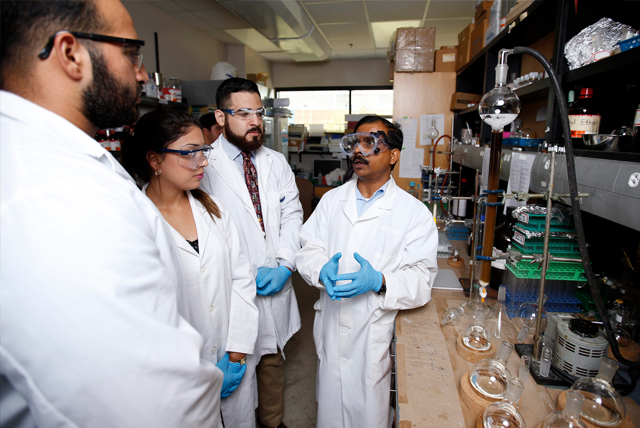Intracellular Trafficking of the Nuclear Receptor COUP-TF in Live Sea Urchin Embryos1
Document Type
Article
Publication Date
9-1999
Abstract
COUP-TFs comprise a family of highly conserved transcription factors within the steroid-thyroid-retinoic acid super-family of nuclear receptors. The high degree of conservation among the COUP-TFs suggests that their function among distantly related species might also be conserved. In order to give some insight into this question, we have tested the ability of human COUP-TF to mimic a specific sub-cellular localization pattern characteristic of endogenous SpCOUP-TF in early sea urchin embryos. Similarly, experiments were undertaken to determine if five conserved domains within COUP-TF could act as distinct entities, independent of the complete COUP-TF protein. Fusion constructs were created between the Green Fluorescent Protein (GFP) and the entire human COUP-TF as well as various sub-domains of the sea urchin SpCOUP-TF. Intracellular trafficking of the fusion proteins in live embryos was monitored by confocal fluorescent microscopy. The results of this study suggest that, independent of intact COUP-TFs, the various domains tested are not by themselves sufficient for maintaining the correct subcellular localization pattern. The two intact transcription factors, although they belong to such evolutionarily distant animals, do demonstrate similar intracellular localization in the developing sea urchin embryos, indicating functional conservation between the COUP-TFs.
Recommended Citation
DAVID AMMONS, JOANNE RAMPERSAD, CONSTANTIN N. FLYTZANIS, Intracellular Trafficking of the Nuclear Receptor COUP-TF in Live Sea Urchin Embryos, American Zoologist, Volume 39, Issue 4, September 1999, Pages 774–782, https://doi.org/10.1093/icb/39.4.774
Publication Title
Integrative and Comparative Biology (ICB)
DOI
https://doi.org/10.1093/icb/39.4.774



Comments
© 1999 by the Society for Integrative and Comparative Biology